|
The Jean Nouvel-designed Museum of Art Pudong has been in operation for six months. Alice Davis paid a visit to the cultural newcomer in Shanghai

Alice Davis | Planet Attractions | 31 Jan 2022
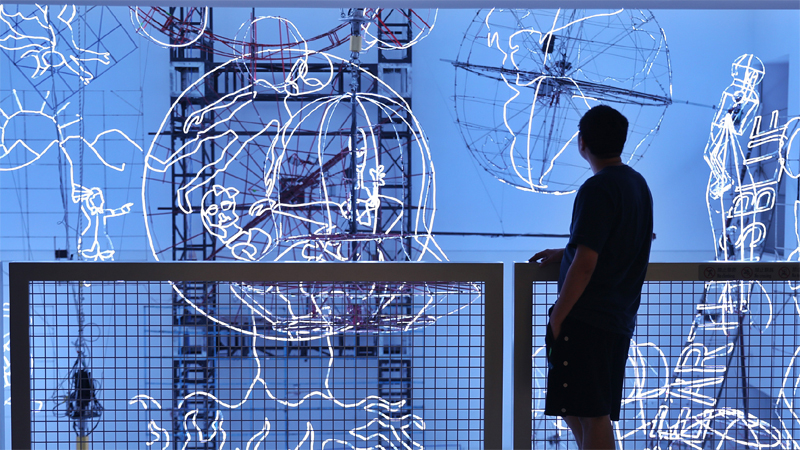
 The Museum of Art Pudong opened its doors in July 2021 Credit: Museum of Art Pudong The Museum of Art Pudong opened its doors in July 2021 Credit: Museum of Art Pudong
Shanghai’s Museum of Art Pudong (MAP) occupies a slice of prime real estate on the edge of the Huangpu River.
Nestled at the feet of the shimmering skyscrapers that compose one of the city’s most famous views, the new attraction opened in July 2021 and, within its first 100 days, welcomed more than 300,000 visitors.
Its popularity is unsurprising. The building was designed by Pritzker-winning architect Jean Nouvel, and its inaugural exhibitions were big hitters – a collection in collaboration with the Spanish institution Fundació Joan Miró, plus a concurrent display of more than 100 works loaned by the UK’s Tate.
When I visited in January 2022, new exhibitions had taken their place, both of them by renowned Chinese artists – Cai Guo-Qiang’s Odyssey and Homecoming and Xu Bing’s Found in Translation. MAP does not have a permanent collection but operates on a schedule of special exhibitions running for around six to twelve months of the year. Its aim is to contribute to the “Shanghai culture” and the domestic art scene, as well as pursue cultural and artistic exchange internationally to become “a destination of choice for artists and visitors from around the world, providing a platform for the presentation of world-class art”.
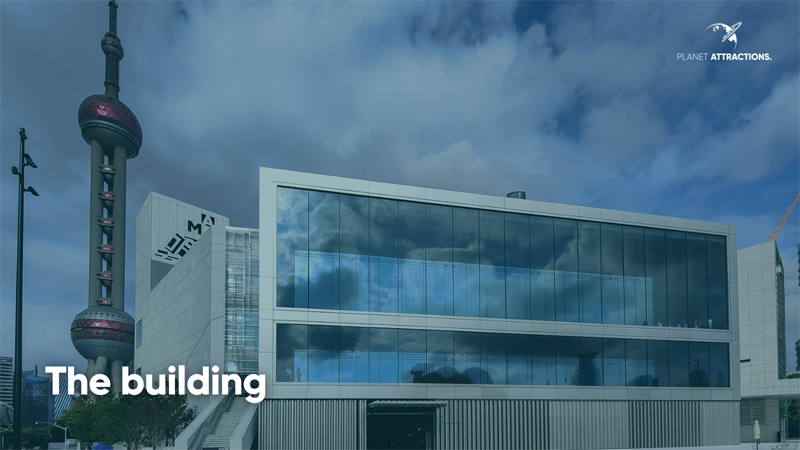
Ateliers Jean Nouvel designed the building, taking inspiration from the riverside location and the contemporary feel of the surrounding skyscrapers.
The gallery space covers around 40,000sq m (430,500sq ft), about a quarter of that is exhibition space, with 13 exhibition halls over five floors.
The landscaped terrace outside integrates the building with the surroundings and acts as an invitation for riverside pedestrians and the community to engage with the museum.
Much of the exterior is constructed from the white granite of Shandong Province, while the façade that faces the river is made entirely of glass. Behind that glass façade, two 55 -metre-long (180ft) mirrored corridors create an extraordinary, ever-changing viewing platform from inside the gallery, where the vista across the water to the Bund is reflected all around. This space is also designed with special multimedia installations in mind, particularly for the evenings.
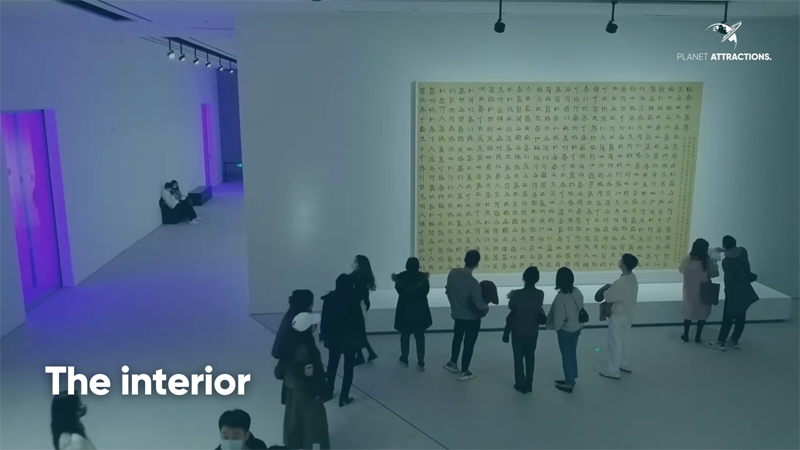
The design of the museum is such that the interior space can be arranged in numerous configurations, allowing the curators to adapt the visitor route, displays, and open spaces to suit each individual exhibition. High ceilings and long sightlines give the exhibition spaces a sense of both openness and intrigue. This volume also enables the museum to display large artworks. In one exhibition hall, suspended from the ceiling, Xu’s Phoenix filled the room, a pair of enormous flying mythical birds created from abandoned construction site materials, including pieces of cranes and diggers.
One interactive installation was a small classroom in which visitors could take a seat at a desk and practice a unique style of calligraphy developed by Xu. The design of the museum allows for these revelations along the visitor journey, with the glass halls, viewing balconies, and occasional geometric windows that offer glimpses of the world outside being further elements that initiate surprise.
A cavernous atrium hollowed out of the centre of the building runs from the basement level to the fourth floor. When I visited, it was filled with a huge light and sculpture installation.
Visitors can appreciate the sculptures from viewing points on each of the floors, providing a different perspective each time.
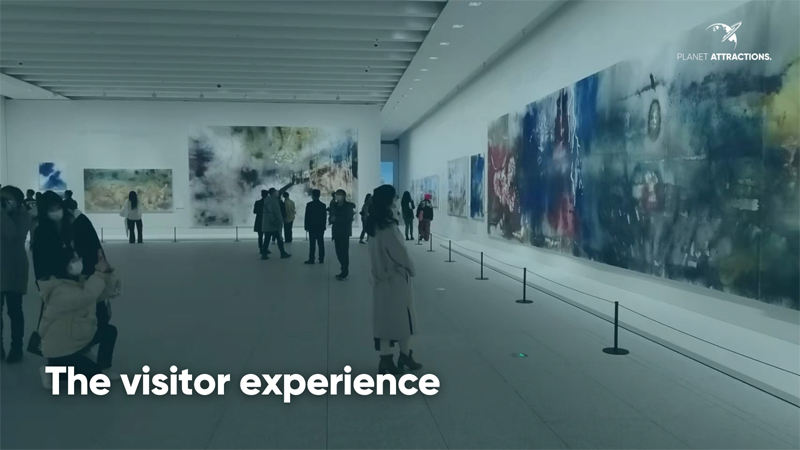
Tickets to the museum must be pre-booked. I used Wechat to do this. The adult admission cost is relatively steep at 150CN¥ (US$24, €21, £18), but it seems justifiable because of the scale and renown of the artworks the gallery is displaying.
After the temperature and health code checks, staff simply scan the booking on your phone. There is no time limit to visitation, but visitors should select whether they want to reserve a morning or afternoon time slot. The museum is well-staffed, and even though I visited on a Saturday, the queue was short and moved along very quickly.
Navigating the museum is easy, with a different exhibition occupying each floor. Everything is well signposted in Chinese and English, including the exhibit labels. The simplicity, versatility and fluidity of both the exhibition design and the space allow the artworks to be the stars of the show. When arriving at the top floor, visitors can enjoy the views from the roof terrace, or dine at the continental restaurant - Roof P.M. Returning to the ground floor, the more casual Seesaw café is located beside the museum shop.
Since November, the museum has opened until 9 pm daily, contributing to the government’s calls to improve the night economy in Shanghai. From 6 pm, the museum is lit up in lights that have proved popular with passersby and visitors seeking their next perfect social media post, while the glass halls are able to provide a stunning backdrop to multimedia art installations after dark. The museum’s attempts to integrate with the surrounding area and delight the community should also definitely be applauded.
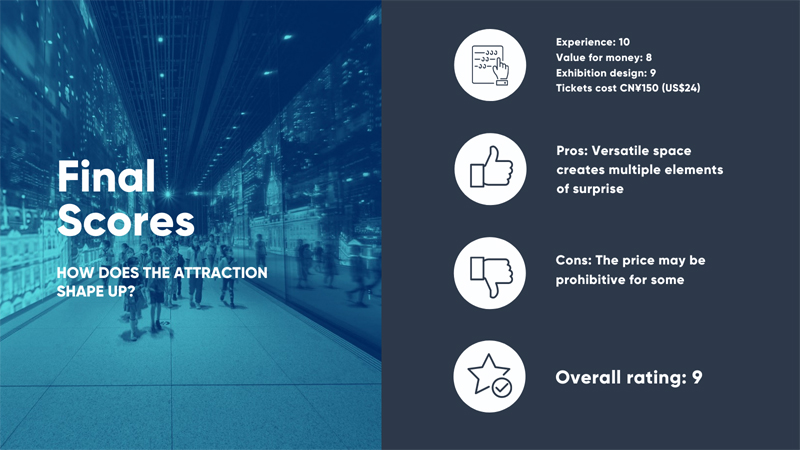
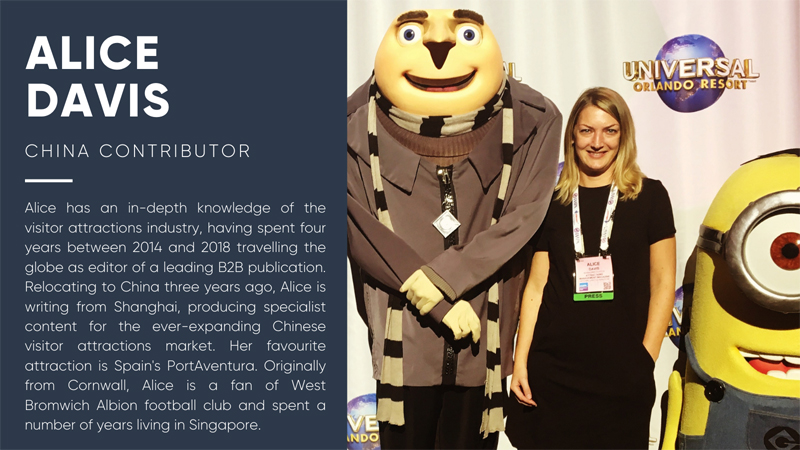
Museums and galleries
|
|






Supplier Showcase 2025: The biggest attractions projects landing worldwide this year
|